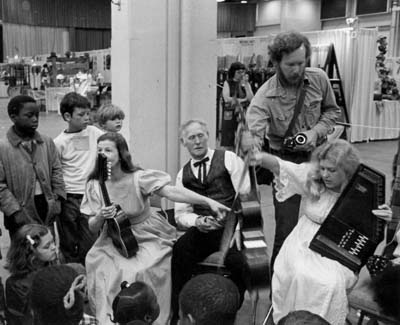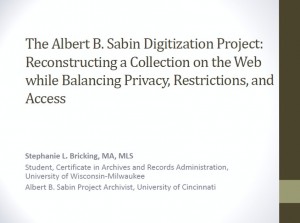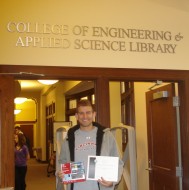The latest UC-licensed learning technology – Lynda.com is available to all currently registered students, faculty, and staff. UCit partnered with several colleges and UC Libraries to provide full access to technology training videos.
Log in with your 6+2 username and password to access software, career development, and technology training videos from anywhere using an Internet browser. Lynda.com features software from Adobe, Apple, Autodesk, Blackboard, Facebook, Google, HTML, Microsoft, Open Source, SPSS, Twitter, and many more that allow users to learn the latest tools and techniques in business, digital media, design, and development. Visit http://www.uc.edu/ucit/learningtechnologies/lynda.html for more information.
This resource has been cataloged and linked in the UC Libraries’ online catalog and is also linked from the A-Z List of Databases.






